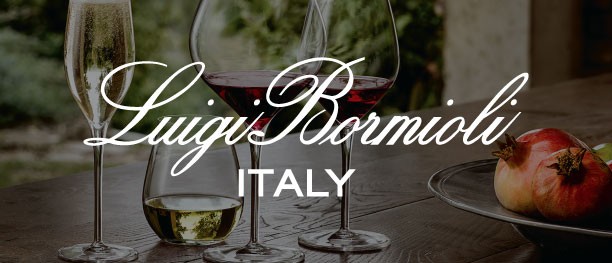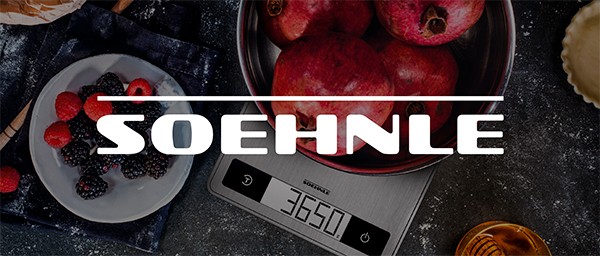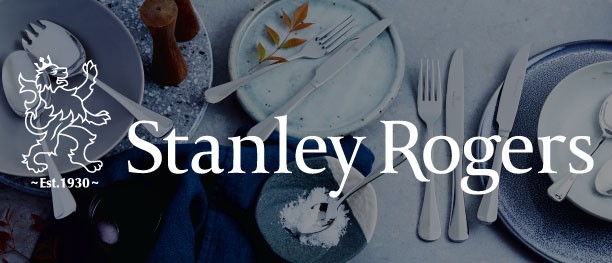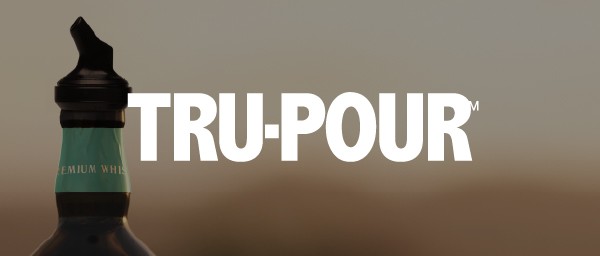Why Forgiveness Heals You More Than Anyone Else
A gentle word before we begin
If the word forgiveness makes your stomach tighten, you’re not alone. Many of us associate it with pressure—“move on,” “just let it go,” “good people don’t stay upset.” Real forgiveness is nothing like that. It doesn’t ask you to pretend it didn’t hurt, to trust unsafe people, or to stay in harmful situations. Forgiveness is the slow, courageous choice to stop letting the wound organize your life. It’s a gift you give yourself before it ever becomes a gift to anyone else.
This guide offers a trauma-aware, faith-rooted path. You’ll find clear definitions, boundaries, gentle steps, and prayers you can actually pray. Take what helps; leave what doesn’t. Your story and pace matter.
If you feel at risk of harming yourself or others, contact your local emergency number now. This article offers pastoral education and practical ideas; it is not medical, psychological, or legal advice.
Quick Answers: Forgiveness FAQ
Is forgiveness the same as reconciliation?
No. Forgiveness is about the state of your heart—releasing vengeance and handing justice to God. Reconciliation
is about the state of the relationship—mutual trust rebuilt over time with safety, honesty, and change. You can forgive without reconciling.
Does forgiving mean I have to forget?
No. Forgetting is neither required nor wise. Remembering helps you set healthy boundaries.
If I forgive, am I saying what happened was okay?
Not at all. Forgiveness says, “It wasn’t okay—and I’m refusing to carry its poison any longer.” You can forgive and
pursue justice, consequences, or accountability.
What if I don’t feel forgiving?
Feelings often follow practices. Forgiveness is first a decision, then a journey. God works with small, honest beginnings.
How long does it take?
As long as it takes to heal. Some injuries are paper cuts; some are deep surgeries. Progress, not speed, is the goal.
Why forgiveness heals you (even if nothing else changes—yet)
1) It ends the loop where the hurt keeps hurting you
Unforgiveness can trap you in mental reruns—rumination, replaying conversations, predicting worst-case outcomes. Forgiveness interrupts the loop: “This harm will no longer dictate my inner world.”
2) It restores your agency
When someone injures you, your choices shrink. Forgiveness widens your field of possibility: you choose what to attend to, how to spend energy, what future to invest in.
3) It calms your nervous system
Grudges often keep the body in fight/flight—muscle tension, shallow breathing, vigilance. Letting go of retribution can lower inner alarms. Pairing forgiveness with slow exhale breathing often helps the body register safety.
4) It frees your identity from the injury
Without forgiveness, the wound becomes the lens. With forgiveness, you recover the truer story: you are not what they did; you are beloved, called, capable of new chapters.
5) It aligns you with the way of Jesus
From the cross Jesus prayed, “Father, forgive them” (Luke 23:34). He invites us to step into the same freedom—not as a burden, but as healing: “Forgive, and you will be forgiven… give, and it will be given to you.” (Luke 6:37–38)
What forgiveness is—and what it is not
| A decision you renew over time | A one-time mood or instant amnesia |
| Releasing vengeance to God | Excusing, minimizing, or denying harm |
| Choosing peace for your own heart | Forcing contact with unsafe people |
| Compatible with boundaries and justice | A command to trust again without change |
| A path that welcomes grief and lament | Pressure to “get over it” quickly |
A faithful, trauma-aware path to forgiveness
Step 1: Safety first—always
Forgiveness never requires you to stay in harm’s way. If there is ongoing abuse, threats, or coercion, prioritize safety and seek appropriate help (trusted friends, pastoral care, legal counsel, shelters, hotlines in your country). You can work on forgiveness from a safe distance.
Step 2: Name the wound with honesty
Write or pray through the specifics: What happened? How did it impact your sense of safety, dignity, finances, time, relationships? The Psalms give permission to tell God the whole truth (see Psalms 13, 22, 55).
Prompt: “Lord, I feel ___ because ___. This is what it cost me: ___.”
Step 3: Grieve what was lost
Forgiveness without grief is fragile. Lament honors your pain and prevents spiritual bypassing. Cry, journal, speak with a wise friend or counselor, bring the ache to God. Grief is not faithlessness; it is love telling the truth.
Step 4: Clarify boundaries and justice
Ask: What boundaries restore dignity and safety? What accountability is appropriate? Forgiveness and consequences can coexist. Boundaries might include limited contact, mediated conversations, or declining certain requests.
Boundary script: “For my well-being, I won’t discuss this by text. If we talk, it will be with a third party present.”
Step 5: Decide to release vengeance (and repeat as needed)
A simple, honest prayer:
“God, vengeance belongs to You (Romans 12:19). I release my right to repay. I place this person and this harm into Your just and merciful hands. Where I want to strike back, teach me a better way.”
Expect to repeat this prayer. Each time the memory rises, you’re training new pathways.
Step 6: Pair forgiveness with your body (breath + prayer)
When resentment spikes, sit with both feet on the floor. Inhale 4, exhale 6—ten cycles. With each exhale, pray:
“Lord Jesus Christ, Son of God… have mercy on me.”
Breath + prayer helps the body learn what the spirit has chosen.
Step 7: Replace rumination with truthful reframes (CBT-aligned)
-
Name → Check → Reframe
Name: “I’ll never be okay.”
Check: What evidence do I have of healing so far—however small?
Reframe: “This hurts, and I’m taking brave steps toward peace. God is with me.”
-
Worry window: Give the memory 10–15 scheduled minutes. Journal, lament, pray. Outside that window, tell the thought, “I’ll
meet you at 7:30.”
This protects your day.
Step 8: Practice benevolence-at-a-distance (if/when you’re ready)
Benevolence is not buddy-ness. It’s a quiet wish for the other person’s transformation and good. You can pray for their repentance and flourishing without resuming intimacy. If that’s too much for now, pray instead: “God, do what’s right. Heal what’s broken. Keep them far from me.”
Step 9: Choose restorative acts that rebuild you
- Serve someone else in a small way (kindness loosens bitterness).
- Create something (art, garden, meal) to reclaim agency.
- Take a forgiveness walk: each step, release one phrase—“I forgive the debt of ____.”
- Write an unsent letter. You don’t have to deliver it; burning or shredding can symbolize release.
Step 10: Review and renew
Healing is spiral-shaped. Set a monthly check-in: What helps? Where am I stuck? Do I need pastoral, therapeutic, or legal support to clear the next layer?
When reconciliation might be wise—and when it isn’t
Consider cautious steps toward reconciliation only when:
- The other person acknowledges harm without excuses.
- There is concrete change, not just apologies (measurable, time-tested).
- Power imbalances are addressed; you feel physically and emotionally safe.
- A neutral third party can facilitate (pastor, mediator, counselor).
Do not attempt reconciliation when:
- There is ongoing deception, manipulation, or threats.
- You feel pressured to reconcile to “keep the peace.”
- Your boundaries are mocked or ignored.
It is holy to remain at peace without resuming closeness.
Scripture that steadies the journey
- Luke 23:34 – Jesus prays, “Father, forgive them…”
- Matthew 18:21–35 – The unmerciful servant: forgiven people learn to forgive.
- Romans 12:17–21 – “Do not repay evil for evil… leave room for God’s wrath… overcome evil with good.”
- Ephesians 4:31–32 – “Be kind… forgiving one another, as God in Christ forgave you.”
-
Genesis 50:20 – Joseph: “You meant evil… God meant it for good.” (Not minimizing harm—naming God’s redemptive weave.)
- Psalm 34:18 – “The Lord is close to the brokenhearted.”
Carry one verse on a card or lock screen. Read it with slow breathing morning and night.
A comparison table to keep categories clear
| Forgiveness | Release vengeance; entrust to God | You | No | Yes |
| Reconciliation | Renewed relationship/trust | Both | Yes | Yes |
| Restitution | Repairing tangible harm | Offender | Yes | Often |
| Condoning | Pretending it was fine | No one should | — | — |
| Forgetting | Erasing memory | Not required | No | Unwise for safety |
A 7-day starter plan (micro, repeatable steps)
Day 1 – Name & Ground
Write what happened and how it affected you. Breathe (inhale 4 / exhale 6) × 10; pray Psalm 34:18.
Day 2 – Lament
Use a Psalm-13 pattern: complaint → request → trust. End with, “I will trust Your love.”
Day 3 – Boundaries
List two boundaries that protect your peace. Tell one safe person or put it in writing for yourself.
Day 4 – Release (first pass)
Pray the release prayer (Romans 12:19). Burn or shred an unsent letter if that helps symbolize surrender.
Day 5 – Body & Breath
Take a 10–15 minute walk. With each exhale: “I release the debt of ___.” Stop if you feel flooded; be kind.
Day 6 – Benevolence-at-a-distance
If ready, pray: “Do what is right, O God—for them and for me.” If not ready, simply pray, “Protect me. Hold me.”
Day 7 – Review & Renew
What helped? What still hurts? Will you seek pastoral counsel or counseling for the next step?
Repeat the week as needed. Healing is cyclical.
Prayers and scripts you can use (copy/paste)
Release prayer
“Righteous Father, You see all. I release my claim to repay this harm. I entrust justice to You. Where I cannot forgive, lend me Your heart. Heal the places in me that still bleed.”
Protection prayer
“Lord, set holy boundaries around my life. Guard my body, mind, and heart. Give me wisdom to say no and courage to walk away.”
If you choose to communicate (when safe)
“I’m working toward forgiveness. That does not mean I’m ready to reconcile. For now, my boundary is ____. If there is consistent change over time, we can revisit what healthier contact might look like.”
Confession for your side of the street (when relevant)
“God, show me any part I need to own. I receive Your mercy and I will make amends where appropriate.”
For Catholic readers: sacramental helps
-
Confession (Reconciliation): a graced place to lay down resentment and receive mercy. Consider a “mercy memo” afterward—one
sentence on grace received and one concrete amendment of life.
-
Eucharist: arrive a few minutes early to rest in Jesus’ presence; after Communion, pray for a heart like His.
-
Anointing of the Sick: if your body and soul feel burdened by deep wounds, ask about this sacrament of consolation and
strength.
- Spiritual Direction: a companion to help you notice God’s movements and set a gentle, realistic path.
Gentle, evidence-informed supports that pair well with prayer
- Breathing with a verse: Inhale “Be still…” exhale “…and know.” (Psalm 46:10)
- Grounding (5–4–3–2–1): look/feel/hear/smell/taste to settle the body when memories surge.
-
Journaling prompts:
- “What did this cost me?”
- “What do I want God to restore in me?”
- “What boundary honors my dignity?”
- “What did this cost me?”
-
Worry window & defusion: schedule rumination and label thoughts: “I’m having the thought that…”
- Compassionate self-talk: Speak to yourself the way Christ would: firm, kind, truth-filled.
If your pain feels unmanageable, consider trauma-informed counseling (e.g., approaches that work gently with the nervous system). Faith and therapy can support each other.
When forgiveness feels impossible
Sometimes the wound is too raw or complex for your hands to hold. On those days:
- Shrink the goal: “God, I’m willing to want to forgive. Meet me there.”
- Practice protection first: boundaries, safety planning, trusted allies.
- Let others pray for you when you cannot pray for yourself.
- Keep one small lifeline: a breath prayer, a verse, a weekly check-in with a friend or pastor.
You are not behind. You are beloved.
Stories that breathe hope
-
Joseph forgave brothers who sold him (Genesis 45; 50:20). He held both truths: “You meant evil” and
“God worked good.”
-
Stephen echoed Jesus, praying for his killers (Acts 7:60). Forgiveness didn’t erase injustice; it freed his soul.
- Peter was restored after betrayal (John 21). Failure wasn’t the finale because mercy had the last word.
These are not demands; they are windows. The same God is at work in your story—patient, just, and kind.
One small step before you close this page
Choose one:
- Sit for two minutes and breathe: inhale 4, exhale 6. Whisper, “Into Your hands.”
- Write three sentences: what happened, how it hurt, one boundary you’ll keep.
- Pray the release prayer once—without forcing feelings.
Your heart doesn’t need a grand gesture; it needs a faithful next step. Forgiveness heals you first because it returns your future to your hands and your hurt to God’s. And you never walk that path alone.



.jpg)

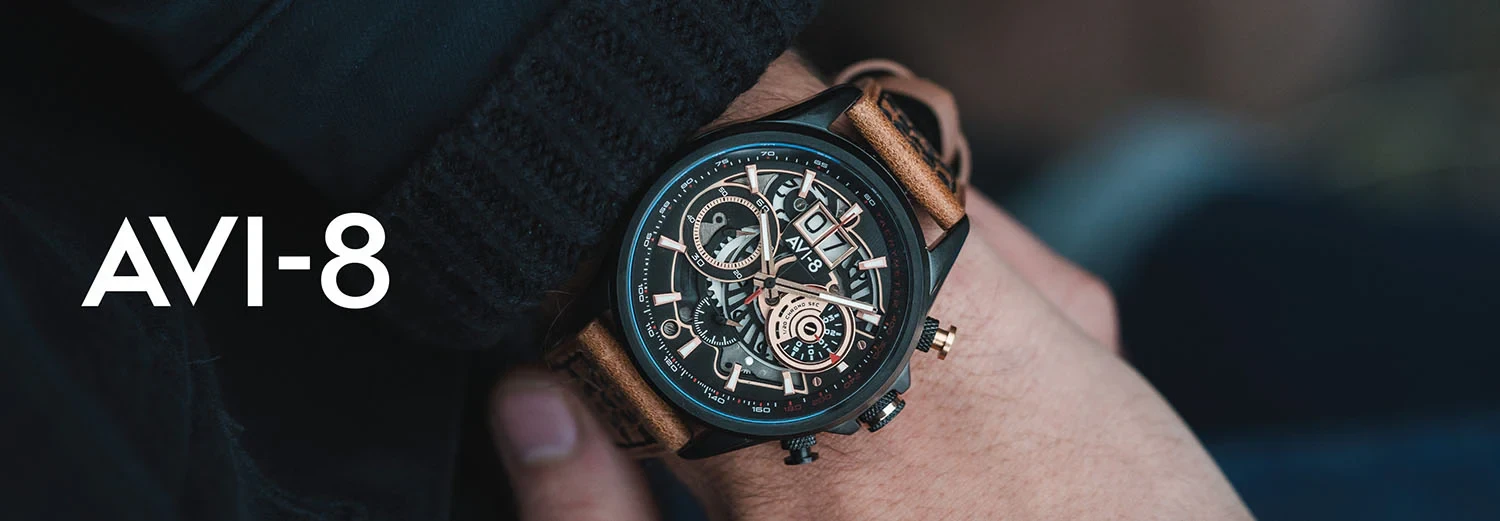







.jpg)



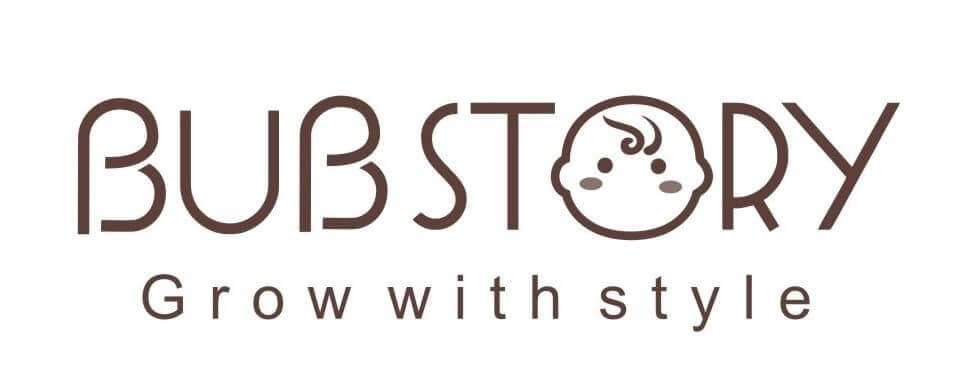

.jpeg)





.jpeg)



.jpeg)








.jpeg)



.jpeg)

.jpeg)
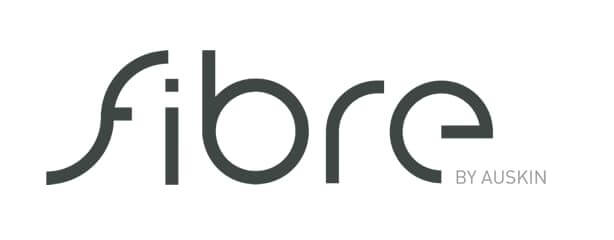
.jpeg)

.jpeg)




.jpeg)
.jpg)
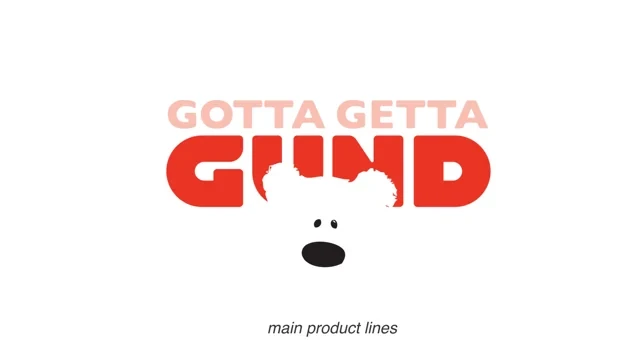
.jpeg)






.jpeg)
.jpeg)




.jpeg)



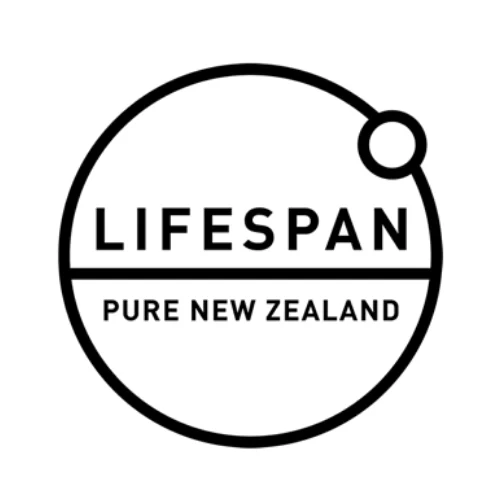

.jpeg)


.jpeg)

.jpeg)

.jpeg)

.jpeg)


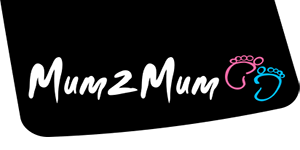




.jpeg)
.jpeg)
.jpeg)





.jpeg)



.jpeg)


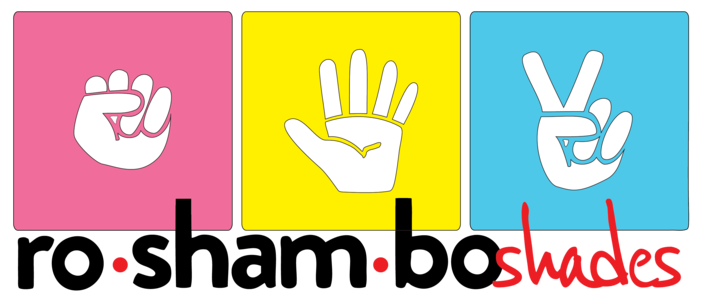



.jpg)
.jpeg)









.jpg)


ulva-Logo.jpg)




.jpeg)



.png)




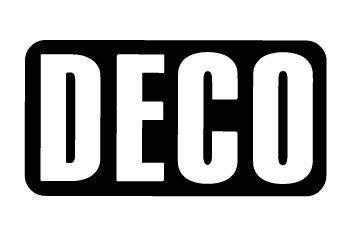
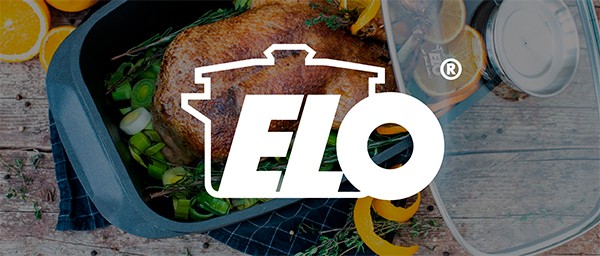
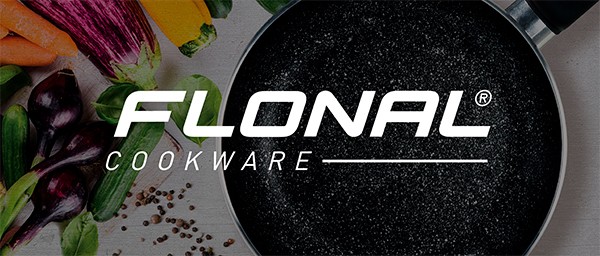





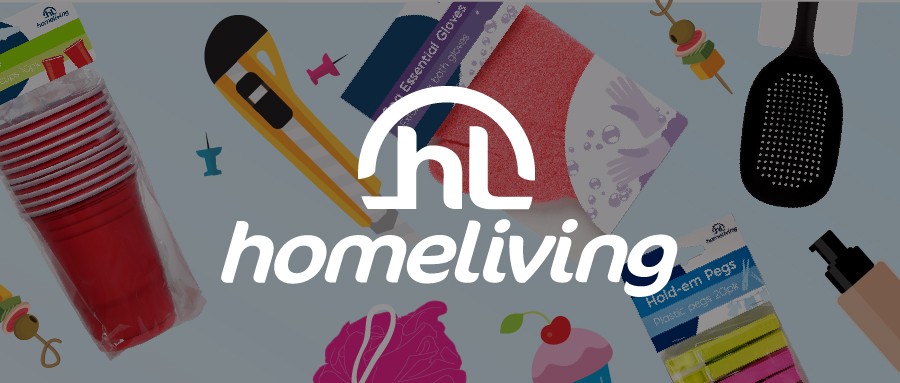


.png)




